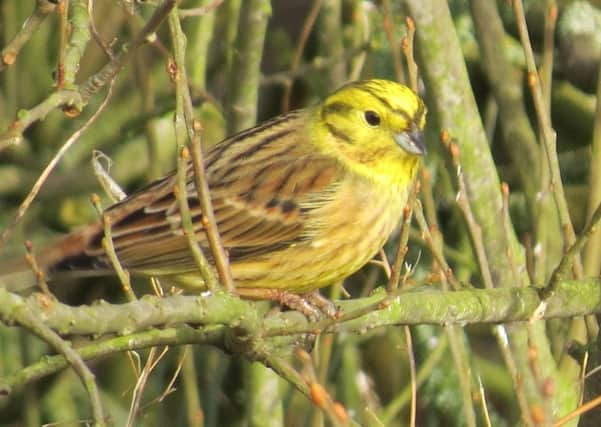Hopes bird count will spur farmers on


A total of 85 species were recorded by farmers, gamekeepers and land managers across Yorkshire as part of the fourth annual Big Farmland Bird Count run nationally by the Game and Wildlife Conservation Trust (GWCT).
Some 22 ‘Red List’ species were recorded across the UK during this year’s count which took place between February 3-12. Those under threaten species that were spotted frequently enough to make the top 25 of all species sighted included fieldfare, starling, house sparrow and yellowhammer.
Advertisement
Hide AdAdvertisement
Hide AdThe most abundant of these, fieldfares and starlings, were seen on more than 40 per cent of participating farms.
In Yorkshire, some 29,000 hectares were monitored for signs of birdlife and the most commonly species noted was the blackbird, followed by robins, woodpigeons, crows and chaffinches. In addition, 15 Red List species were recorded in the county, including tree sparrow, yellowhammer and skylark.
Jim Egan, head of development at the GWCT, said: “This is an opportunity for farmers to see the results of all their hard work. Of the 112 species recorded, 22 were red Listed - the highest conservation priority species, which need urgent action. To help these species, there are several options for farmers in terms of management.”
Rob Gladwin, head of business development in the UK for BASF, the count’s sponsors, added: “There are some really simple measures such as nest boxes for tree sparrow; extended grass margins for yellowhammer and spring cropping for skylark. The key thing is that these measure can sit alongside and compliment efficient and productive farming.”
The fifth GWCT Big Farmland Bird Count will take place from next year on February 9-17, with bird identification training days to take place during January and February.